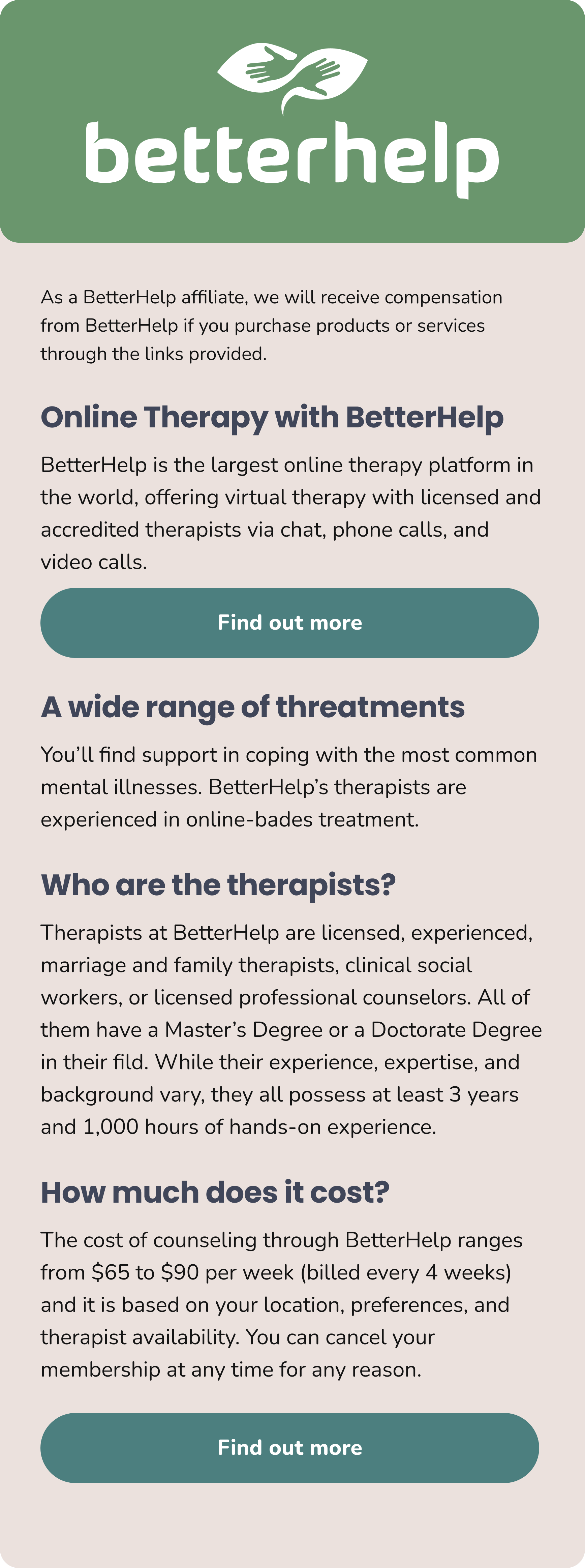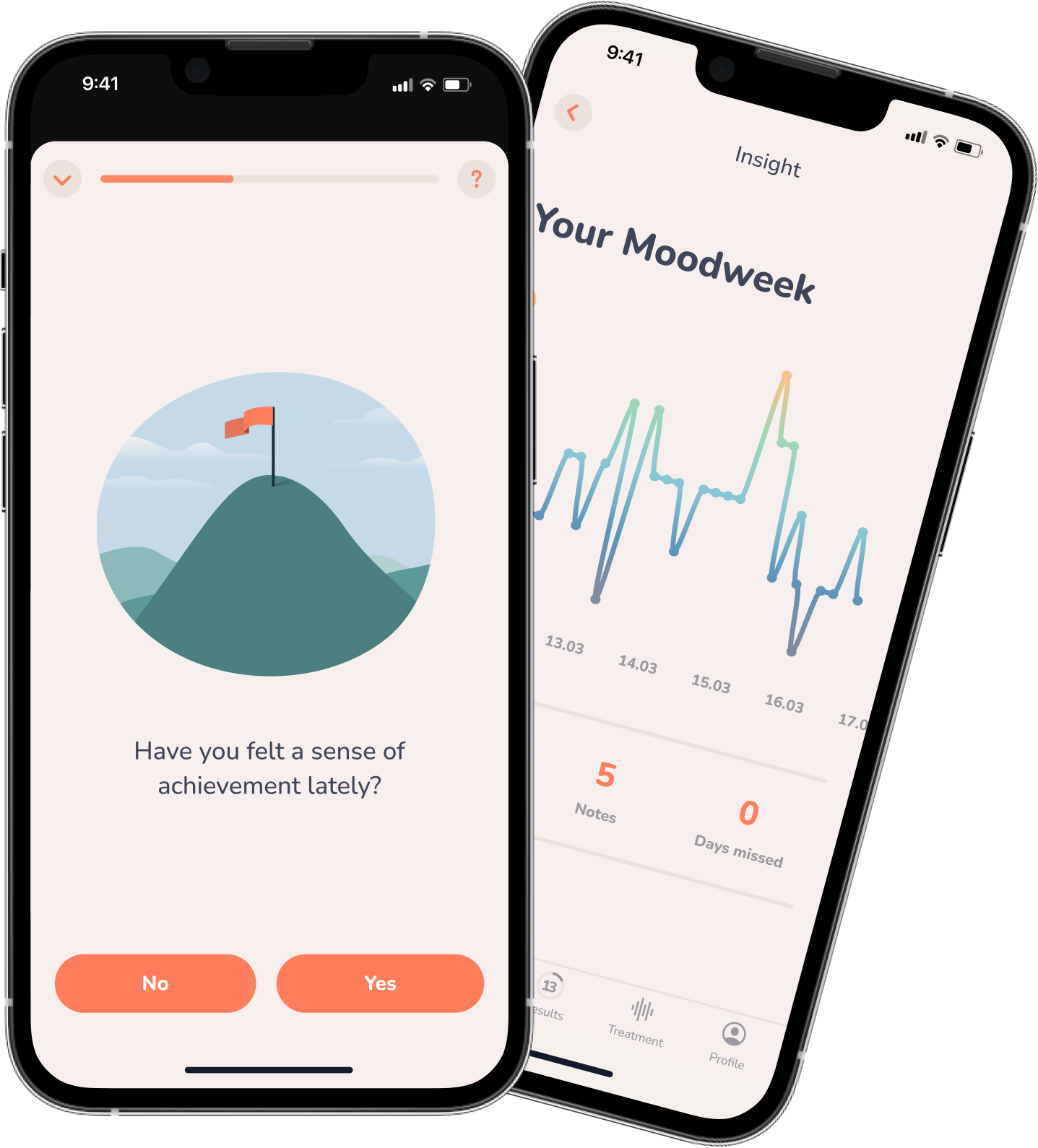Insight
Obsessive-Compulsive Disorder: When Thoughts and Actions Become Torture
Disturbing thoughts that creep into your mind like uninvited guests . . . The urge to double-check if the stove is really off or the door truly locked . . . Most people have likely experienced disturbing thoughts and urges from time to time without attaching much significance to them. However, for those suffering with obsessive-compulsive disorder (OCD), such intrusive thoughts and compulsive actions occupy significant space and time in their daily lives, often causing immense distress. In this article, we explore what characterizes such thoughts and behaviors as well as how they can be treated.
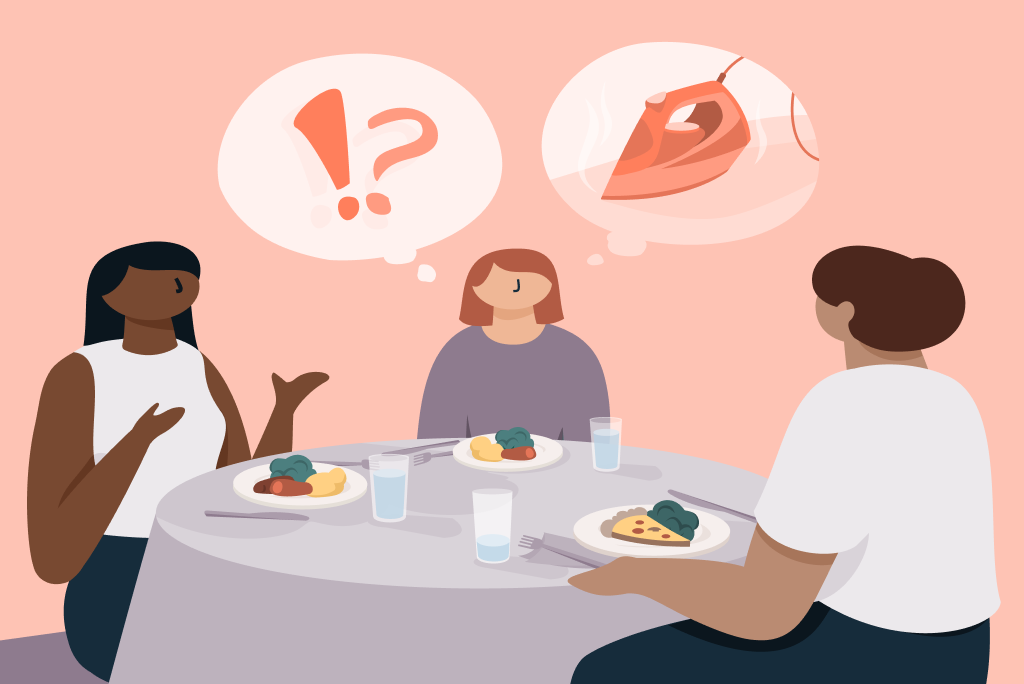
What are obsessive thoughts?
Obsessive thoughts are recurring, unwanted thoughts, mental images, or impulses that intrude upon a person’s mind and cause stress, anxiety, or discomfort. They arise uncontrollably, even though the person may recognize that these thoughts are irrational or exaggerated. People with obsessive thoughts often attempt to ignore or suppress them, or they may try to neutralize them through certain actions or rituals.
How does an obsessive thought develop?
Thousands of thoughts, both conscious and unconscious, pass through people’s minds every day. Though the vast majority of these tend to be relatively mundane, it’s inevitable that some will revolve around unpleasant, taboo, or immoral topics.
“What if I push her down the stairs?”
“Maybe I have a highly contagious disease and don’t know it.”
“What if I suddenly strip naked in the grocery store?”
Such thoughts are not unusual—but just because you think something, doesn’t mean you’ll act on it. When no significance is attached to these thoughts, they often fade away as quickly as they appeared.
When they begin to become problematic, though, is when the person having the thoughts assigns a value to them. Rather than viewing these thoughts as relatively harmless, the person interprets them as dangerous or as evidence of their own inherent “badness.” This is the seed of obsessive thoughts. And this negative evaluation typically leads to angst, often in conjunction with such emotions as fear, shame, guilt, or disgust. Because such thoughts and feelings are experienced as highly distressing, a typical response is to try to get rid of them. But the more the person tries controlling or suppressing them, the more intrusive these thoughts and feelings become, sometimes leading to compulsive actions.
What are compulsive actions?
Compulsive actions are repetitive behaviors that individuals perform to alleviate anxiety or discomfort, often in response to obsessive thoughts. These actions typically seem excessive to those affected and consume a significant amount of time.
For example, someone might spend hours showering after coming home out of fear of having gotten contaminated from the world outside. Another person, driven by an intense fear of fire, might develop rituals around checking again and again and in a specific way that all electrical appliances have been turned off before leaving the house. Still another may repeatedly silently recite certain lucky numbers believing that something bad may happen if they don’t. While such actions may provide temporary relief and a sense of control, over a period, they can become increasingly time-consuming, severely impacting the quality of the person’s daily life.
Not everyone who has obsessive thoughts has compulsive actions and not everyone who has compulsive actions has obsessive thoughts, but nine out of ten people with OCD experience a combination of both.
What can those affected by OCD do?
Intense obsessions and compulsions, such as those experienced with OCD, are highly distressing and can lead to significant limitations in daily life. Nevertheless, it takes around seven years on average for individuals affected by OCD to seek professional support. This delay often stems from the discomfort caused by the symptoms of their disorder with many feeling ashamed of their condition. They often perceive their behaviors as embarrassing or strange.
Obsessions and compulsions are persistent and rarely disappear on their own. But with psychotherapeutic support, the person can learn how to manage their symptoms and regain a sense of freedom. Although OCD is less common than other mental health disorders (affecting about 2 percent of people at some point in their lives), there are well-researched and highly effective treatments available. Topping the list is cognitive behavioral therapy.
If you recognize yourself in this post and think you’re dealing with obsessive thoughts or compulsive actions, don’t hesitate to seek support.
To learn more about OCD—whether in preparation for or during psychotherapy—you can explore a comprehensive course on the topic in the MindDoc app. The course offers detailed information on the nature of obsessive thoughts and compulsive actions, insights into how OCD develops, and what to expect from treatment.
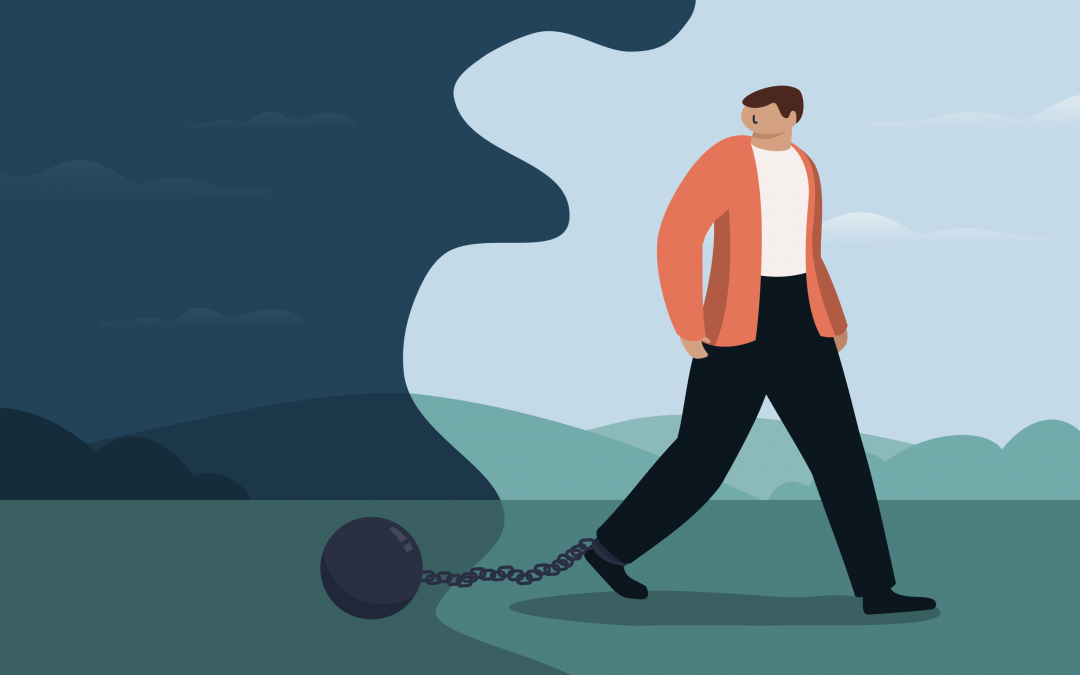
Trauma Consequences: Post-Traumatic Stress Disorder (PTSD)
Traumatic experiences like accidents, violence, or severe illnesses are extremely stressful and can push people to their limits. As a result of trauma, some affected individuals develop post-traumatic stress disorder (PTSD).

People-Pleasing — When the Fear of Rejection Becomes a Trap
Are you a person who places a high value on kindness, consideration and helpfulness? Or … maybe you tend toward what’s called “people-pleasing”?

Psychological Needs in the Workplace: How to Meet Them
Deadlines, conflicts, pressure to perform—many people grapple with stressors at work. The extent to which these weigh on someone depends in large part on whether psychological needs are being met at work.
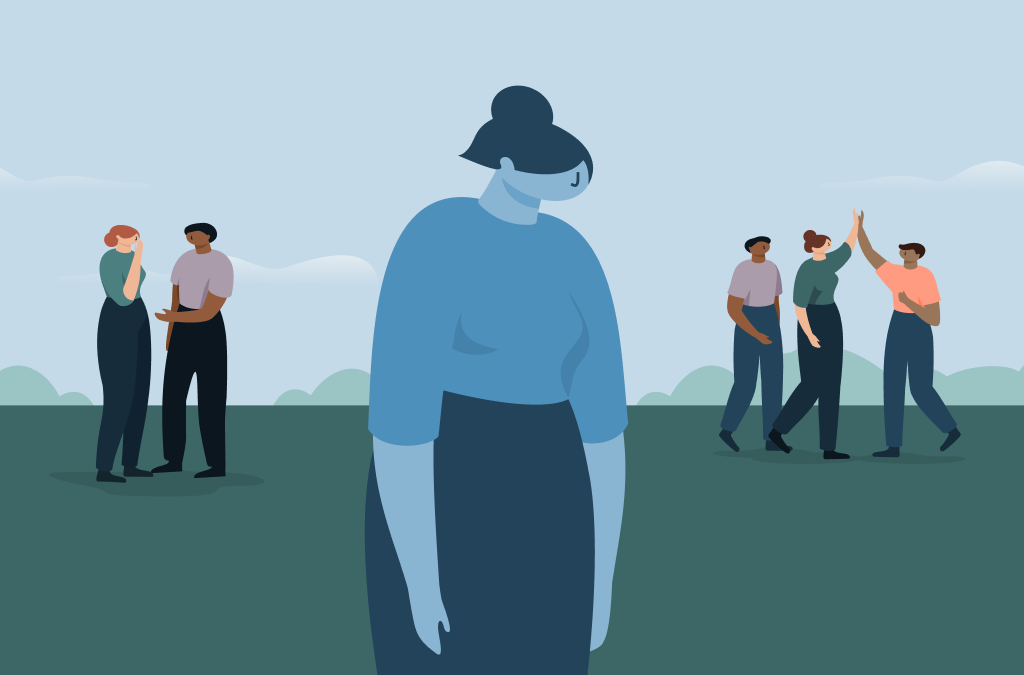
High-Functioning Depression: The Hidden Suffering
When people think of depression, usually intense sadness, low energy, social withdrawal, difficulty getting out of bed, and managing daily life come to mind. But this is not always the case.
